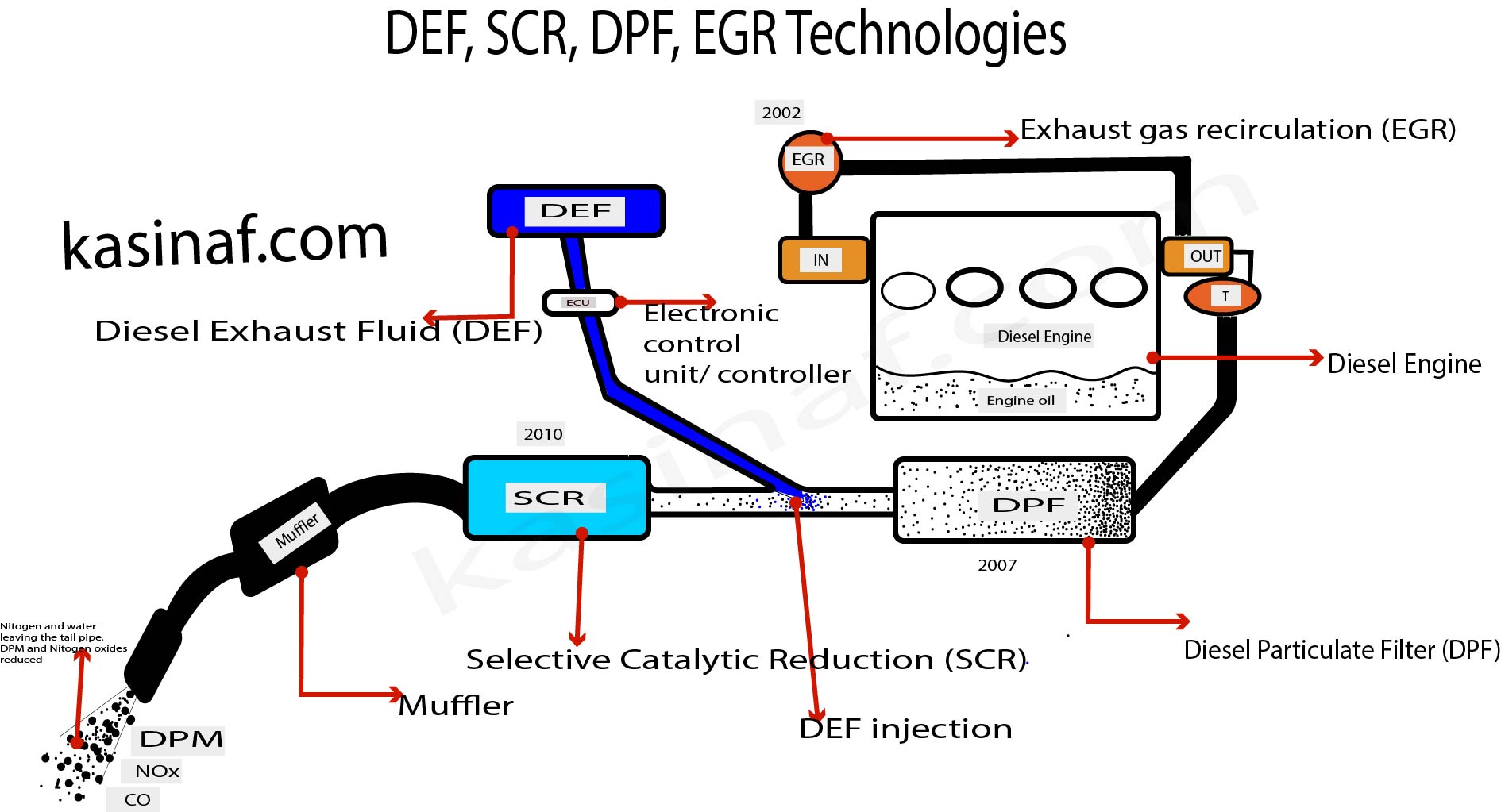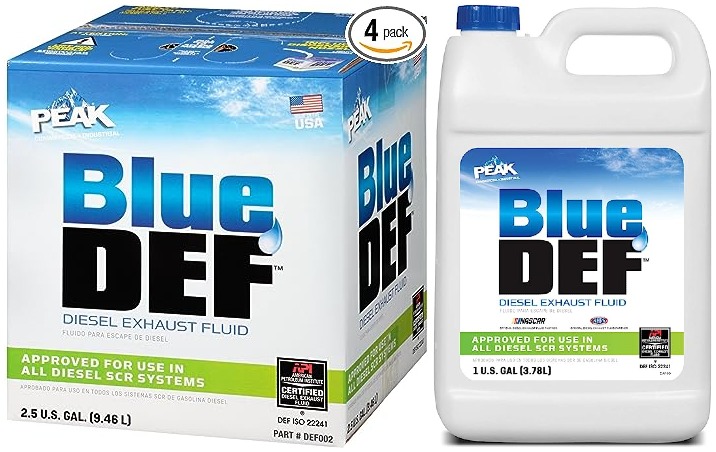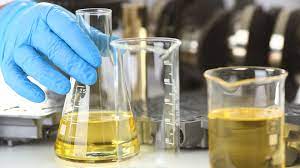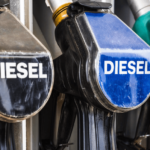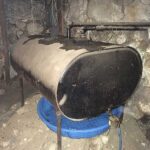When a flammable liquid flows, static electricity is generated from the friction between dissimilar materials (e.g. the fuel and the metal fuel filler neck).
- When a flammable liquid, such as gasoline, is flowing during a fuel transfer process, static electricity can be created. This static electricity results from the interaction between materials that have different abilities to hold on to their electrons. For instance, as gasoline flows through a fuel nozzle, it comes into contact with the metal fuel filler neck of a vehicle or container. This contact and separation can lead to the transfer of electrons, resulting in a buildup of static charges on these materials.
When the static electricity discharges, it produces sparks which can ignite the fuel vapours.
- The accumulated static charges on the surfaces of the materials (fuel, metal filler neck) have the potential to discharge as sparks. These sparks are essentially rapid flows of electrons from negatively charged areas to positively charged areas. In a flammable environment, such as one containing fuel vapors, these sparks can serve as ignition sources. If they come into contact with the fuel vapors, they can ignite them.
The fuel dispensing pumps found at service stations and the fuel filler necks of motor vehicles are earthed to minimize and control the static electricity produced during normal vehicle refuelling.
- To prevent the buildup of static charges and the associated risks of sparks and potential fires or explosions, safety measures are implemented at fuel dispensing points. Fuel dispensing pumps at service stations and the fuel filler necks of motor vehicles are designed with grounding systems. These systems ensure that any static electricity generated during the refueling process is conducted safely into the ground, minimizing the risk of sparks.
- Grounding essentially provides a pathway for static charges to dissipate harmlessly, preventing them from accumulating to levels where they could discharge as sparks in a hazardous environment.
In summary, the key idea is that when flammable liquids flow, static electricity can be generated due to the interaction between materials, and these static charges, if not controlled, can discharge as sparks that may ignite fuel vapors. Grounding systems at service stations and in vehicles are used to reduce and manage static electricity, making the refueling process safer by preventing sparks that could lead to fires or explosions.
Procedure for dispensing fuel in jerrycans or plastic containers to avoid sparks, fire due to static electricity
When dispensing petrol into jerrycans or any other containers, it’s essential to follow proper fuel dispensing procedures to reduce the risk of static electricity discharge and minimize the possibility of a fire or explosion. Here’s a detailed explanation of the steps involved:
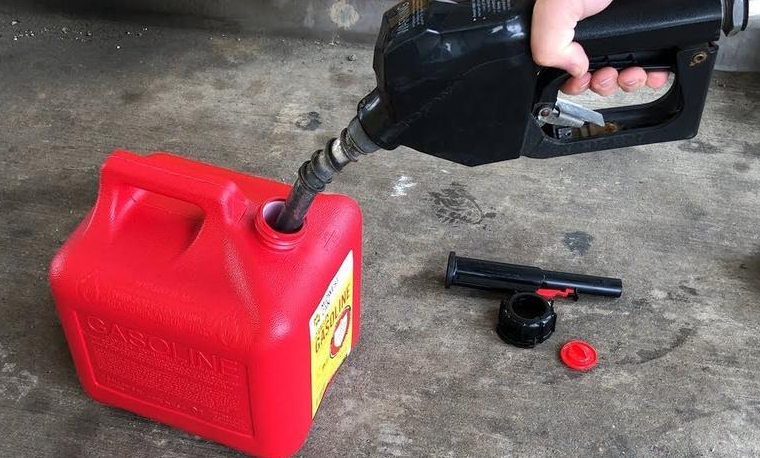
- Touch the Nozzle to the Container: Before opening the nozzle and starting to pour petrol, it’s advisable to touch the metal nozzle to the container. This step is important because it helps to equalize any potential static charge that may have built up on the nozzle and the container due to friction or separation. By touching the nozzle to the container, you provide a path for any static electricity to dissipate, reducing the risk of sparks.
- Maintain Contact: Once you’ve touched the nozzle to the container, keep it in contact with the container throughout the fuel dispensing process. This continuous contact is crucial because it ensures that any static charge continues to be conducted safely to the container. If the nozzle remains in contact, there’s less chance of a spark occurring as you pour the petrol into the jerrycan.
- Position the Nozzle Properly: While dispensing petrol, make sure the nozzle is correctly positioned inside the jerrycan. Avoid allowing the fuel to splash or spill, as this can lead to the accumulation of static charges on the outside of the container. Keep the nozzle submerged in the fuel, so it remains grounded and in contact with the container.
- Fill Slowly and Gently: Dispense petrol into the jerrycan slowly and gently. Avoid forcefully releasing the fuel, as this can create turbulence and increase the risk of static charge buildup. A slow and controlled flow helps to prevent the generation of static electricity.
- Use a Grounded Surface: Place the jerrycan on a grounded surface, if possible, to further minimize the risk of static charge accumulation. Grounding the container ensures that any static electricity is conducted safely into the ground.
- Avoid Overfilling: Do not overfill the jerrycan. Leave some space at the top to allow for fuel expansion due to temperature changes. Overfilling can lead to spillage and the potential for static charges to accumulate on the outside of the container.
- Close the Nozzle and Container Lid: After filling the jerrycan, close the nozzle of the fuel dispenser and securely seal the jerrycan with its lid. This helps to trap any gasoline vapors inside the container, reducing the risk of ignition.
- Place the Jerrycan Securely: Once the jerrycan is filled, place it securely in a safe location. Avoid any rough handling or dropping that could generate sparks.
By following these proper fuel dispensing procedures, you can significantly reduce the risk of static electricity discharge and associated fire hazards when filling jerrycans with petrol. Safety measures and precautions are crucial to ensure safe handling of flammable materials like gasoline.


